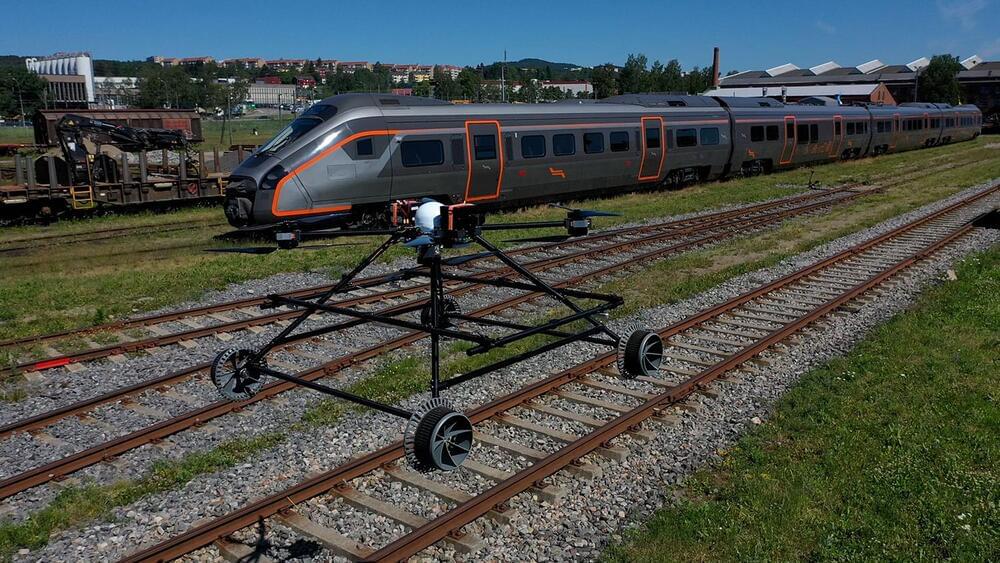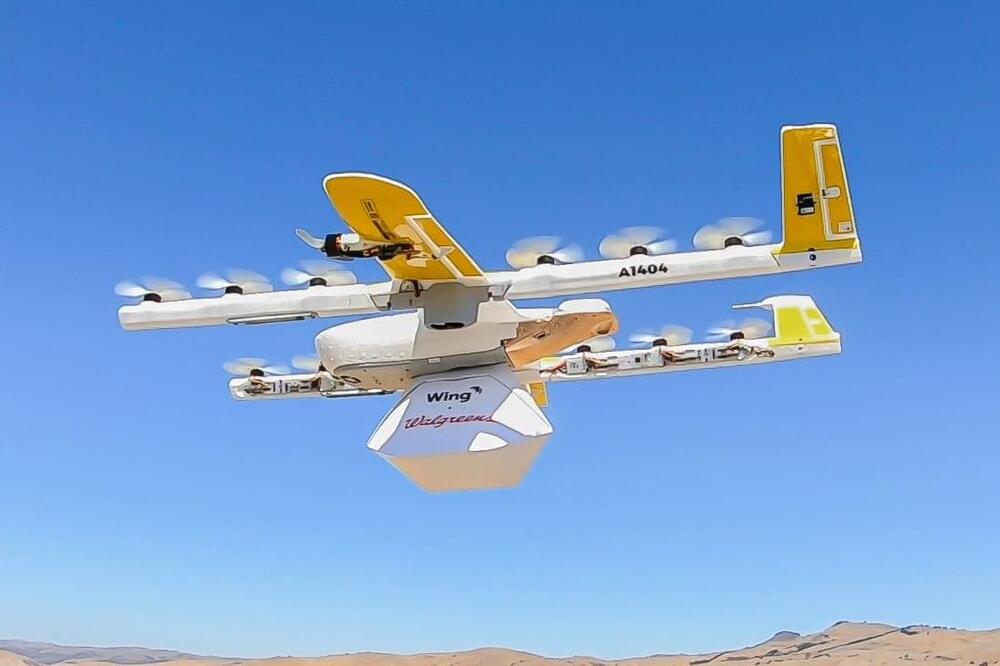Category: drones – Page 62
When it encounters oncoming traffic, it will autonomously fly to the side of the track and let traffic pass.
‘’Baykar says the Akinci, Turkish for “raider,” can attack targets in the air and on the ground, and operate alongside fighter jets, flying higher and staying in the air longer than Turkey’s existing pilotless planes. The drones will carry a range of missiles developed by Turkey’s Roketsan.’’

Hospitals in U.S. South Run Low on Oxygen Amid Covid, Storm.
As first responders continue to embrace drones for emergency missions across the globe, a new map dashboard hopes to facilitate communication, coordination, and collaboration between various public safety agencies. This free, interactive global map and directory of emergency services drone programs is now home to over 900 agencies from more than 20 countries – and the numbers are rising steadily.
Not only is the initiative being welcomed by the community but it has also started showing results, too. As Charles Werner, director of DRONERESPONDERS, explains:
Can this be true?
An unmanned aircraft was brought down by a powerful electromagnetic pulse in what could be the first reported test of an advanced new weapon in China.
A paper published in the Chinese journal Electronic Information Warfare Technology did not give details of the timing and location of the experiment, which are classified but it may be the country’s first openly reported field test of an electromagnetic pulse (EMP) weapon.
China is racing to catch up in the field after the US demonstrated a prototype EMP weapon that brought down 50 drones with one shot in 2019.
Oh, the ways armed forces around the world are working to blast uncrewed aerial vehicles they don’t like. Now the US Army is at that again, putting the finishing touches on a laser weapon that can not only destroy the innards of drones as they fly, but also drop incoming artillery as well.
The Army says it will be mounting the first four field versions of the DE M-SHORAD system on armored vehicles sometime next year, and has added the program to its expanding range of weapons against uncrewed aerial vehicles (UAV) being developed.
Alphabet’s Wing drone company allows users to order items such as food through a mobile app and is fast approaching 100,000 deliveries since its launch.
Alphabet’s drone company Wing delivered 10,000 cups of coffee, 1,700 snack packs and 1,200 roast chickens to customers in Logan, Australia, over the last year, the company said Wednesday in a blog post outlining its progress.
Wing was initially launched in 2019 in Australia, following a series of drone tests that began in 2014. The service, which was initially part of Alphabet’s experimental research division, allows users to order items such as food through a mobile app and is fast approaching 100,000 deliveries since its launch.
Wing hopes to one day deliver products to people all over the world without having to rely on drivers or delivery trucks like other companies. It’s the reason UPS, Uber and Amazon are also working on drone delivery.
It seems we have another accident involving a drone.
An Envoy Air passenger plane reported striking a drone while departing Chicago’s O’Hare Airport on Sunday, in what is the just most recent incident of uncrewed aerial vehicles (UAV) endangering commercial craft in restricted airspaces around the globe.
“Departure, Envoy 3,961 we just hit something,” a crew member is heard saying. “I believe we hit a drone about 30 seconds ago. We’d like to return to O’Hare.”
Drone accidentally hits plane causing major damage.
I wonder if we’re going to see more of these incidents in the future.
An aircraft attempting to land at Buttonville, an airport with proximity to Toronto’s suburbs, sustained “major damage” after being hit by a York Regional Police (YRP) drone earlier this month. Strangely enough, the country’s air navigation service provider, NAV Canada, was not even informed of the police drone operation.
Aerospace giant Honeywell is teaming up with anti-jamming expert InfiniDome to develop a new drone sensor capable of enhancing GPS resiliency when signals are weak or experiencing blockages. The new tech, which is being designed for defense and commercial users alike, is expected to hit markets during the first semester of next year.
Drones being flown for all sorts of purposes rely on GPS signals for situational referencing and carrying out tasks assigned to particular locations. The importance of maintaining those feeds, therefore, has become critical to even the most ordinary operation. That dependability of GPS connectivity, however, can be compromised by surrounding structure density – like clusters of high rises, or flights below bridges – or complicated by the ever-proliferating number of craft in the skies at any given time.









